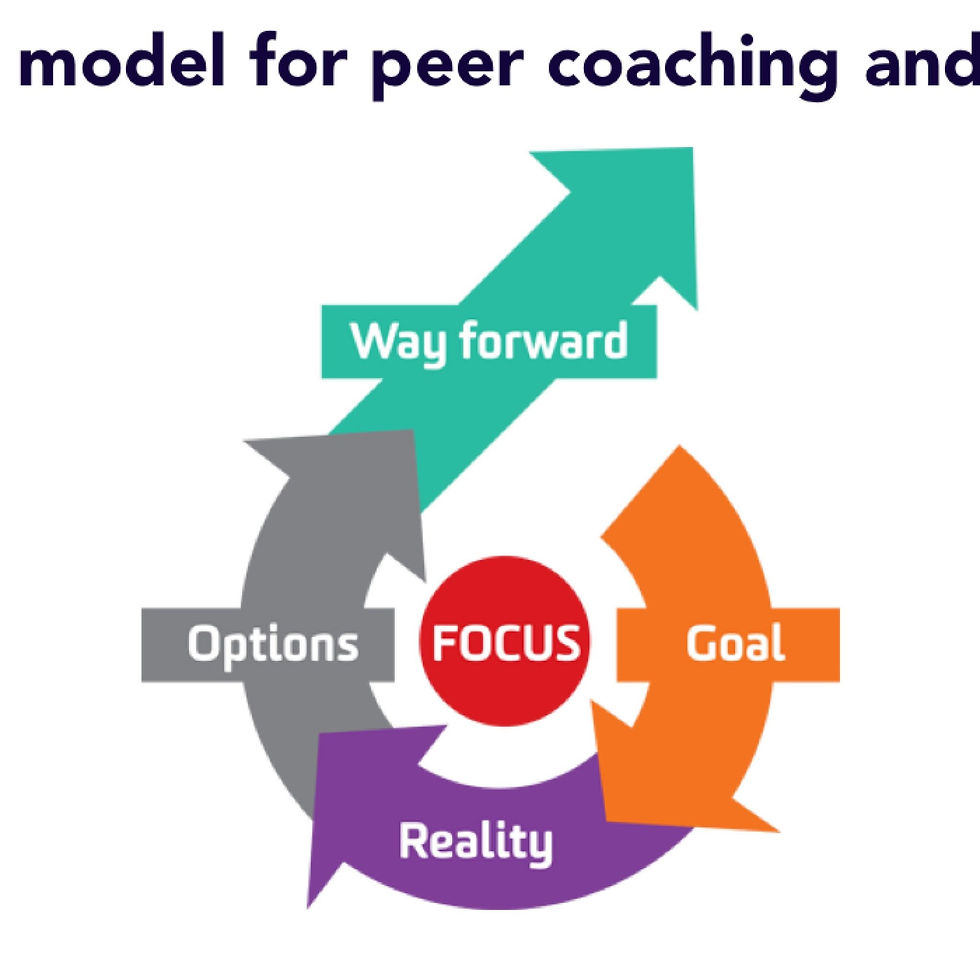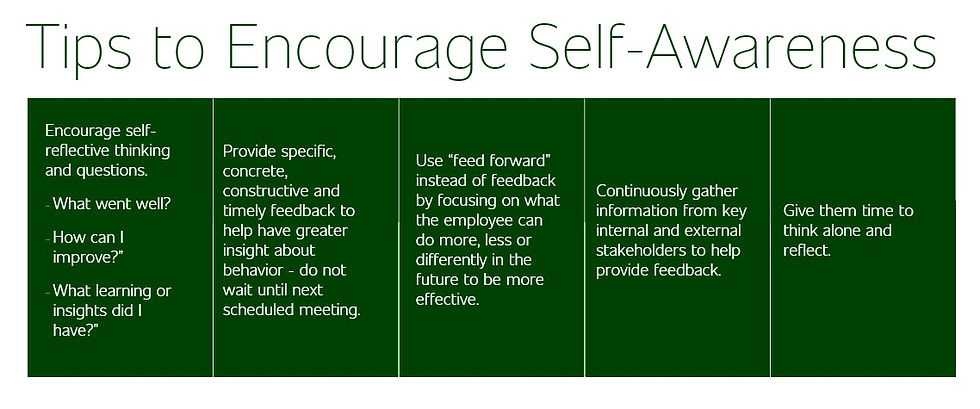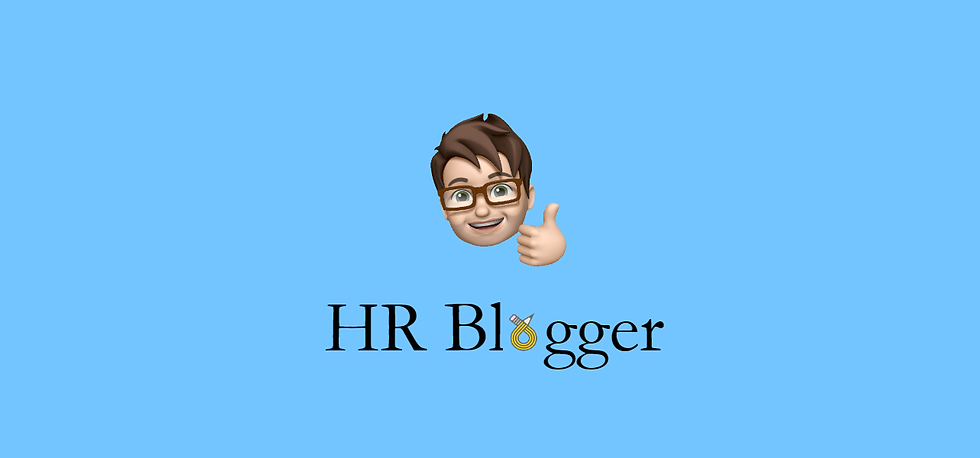My 7 steps to personal effectiveness - Step 6; Coaching
- HR.Blogger
- Jul 16, 2020
- 4 min read
As I reach the 6th step on my personal effectiveness journey, I hope that you have found these blogs somewhat useful and have even managed to become even stronger and more effective in one or two of the areas I have covered so far.
Personally, I have loved researching this topic and starting this journey of self-reflection which has enabled me to get more out of my job and personal life.
If you haven't read the previous 5 blogs in this series, please invest the time to read them as I do think that they can help you.

I believe that everyone in the workplace (manager or not) would benefit from having coaching techniques in their toolbox. In many ways, peer to peer coaching is more ideal for engagement rather than manager-led coaching which generally is a more directive approach.
I also know that everybody has something to teach - therefore it would be wrong to dismiss the knowledge that is available around us. Leveraging the knowledge of people around you is a good way to increase your effectiveness. If a successful coaching approach if effectively used, employees will be able to solve their own problems, learn from their successes and failures, and unlock insights they had previously been oblivious to.
Solution Orientated Coaching
The most popular form of coaching is Solution Orientated Coaching, which is used to help a colleague make progress when facing a problem or a challenge. In this sense, the coach adopts a mindset whereby they are not solving the problem, but where they are helping the colleague think clearly, facilitate learning, and generally make better decisions.
Solution Orientated Coaching has a clear future-focus and is not so concerned with how we got here and how the problem arose. Instead, it focuses on where the employee needs to get to and how they going to get there.
Three simple steps for providing effective Solution Orientated Coaching;

1. Ask Open Questions - get employees talking about the problem / challenge / task they are facing. The aim is to get them to unload as much information as possible.
2. Listen, Actively - make sure you listen and speak as little as possible. Coaching is not about your ideas or challenging their thinking. Remember that silence provides valuable thinking time. You don't always have to fill the silence with the next question.

3. Use the GROW model - This is a simple model to help you make progress through the coaching discussion. This maps out the conversation to ensure the employee comes to a decision over their situation - we are not necessarily an expert in the other person's challenges.

The GROW model is about choosing a focus and planning the journey - reflecting on where they are, where they want to go, and the steps needed to get there.
GROW stands for:
Goal (where do you want to go?)
Reality (Were are you now?)
Options (What opportunities will help you overcome obstacles?)
Way Forward (What steps do you need to take?)
Building / Maintaining Self-Esteem
A key role for any coach is to help the employee develop self-confidence, strive for challenging goals, try new ideas, learn from mistakes, and discuss ways to improve.

Encouraging Self Awareness
Another key role of a coach is to facilitate self-insight / awareness. The goal of a coach is to minimise the “blind spot” of what the employee is unaware about their style or behaviour. Effective coaching increases self-awareness of one’s strengths and development areas.

Here are my top ten traits of an effective coach (I know I have already mentioned the first two by they really are key!):
Be a keen listener: Another reference for active listening :-)
Ask powerful questions: Asking open questions allows for gathering more information. These tend to be the questions your employee may not have even thought about themselves.
Be skilled at reading people: Language, tone and posture say so much more than just words. Look beyond the words.
Leave your own ego/agenda at the door: A great coach will focus entirely on the journey of the employee.
Challenge: By probing, you can allow your employee to explore a topic further, talk about emotions, feelings and reach new conclusions and decisions.
Silence: Coaching is thinking time. This is the employee's chance to think and consider, so be comfortable with the silence in order for them to process thoughts.
Be objective: Don’t assume that you know best. The most effective coaches can see points of view from all angles and go into a coaching session with no preconceived ideas. Not having an opinion or judgement allows for a freer discussion.
Show resilience: It is not easy. Particularly if you come face to face with some sensitive / challenging issues.
Have a sense of service: This ensures that the employee isn’t ever left feeling that the session hasn’t been of value.
Arrive prepared: Before every session should be a period of coach reflection. Refer back to your notes / previous GROW model discussions.
Thanks for reading and good luck with developing your skills as a coach.
Make sure you keep your eyes out for the final piece of my personal effectiveness jigsaw. Coming soon!
HR Blogger









Comments